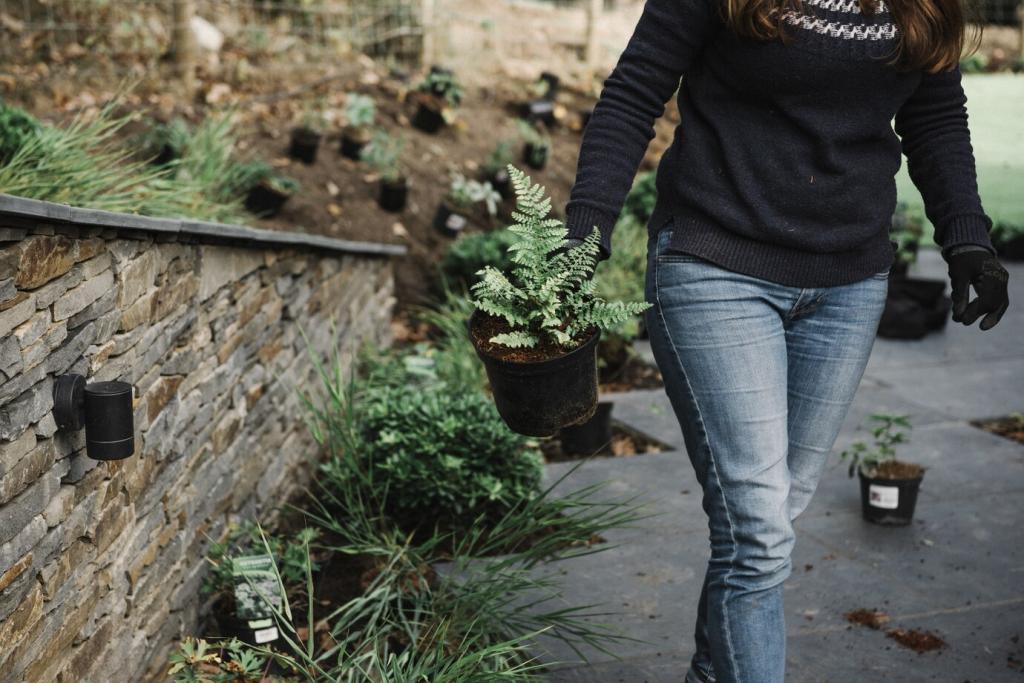
Sustainable Water Management in Landscape Design: Beauty that Conserves
Chosen theme: Sustainable Water Management in Landscape Design. Welcome to a garden-forward space where every drop counts, aesthetics bloom responsibly, and simple daily choices add up to lasting, water-wise landscapes you’ll love.
Designing with the Hydrologic Cycle
Before placing a single plant, read how your site drinks and drains. Map slopes, sun, wind, and soil texture; run quick infiltration tests; then align paths, beds, and basins with natural water movement.
Designing with the Hydrologic Cycle
Treat every downspout like a spring: slow, spread, and sink the flow. Direct roof runoff into rain gardens and cisterns, reducing municipal demand and flooding while nourishing deep-rooted plant communities year-round.


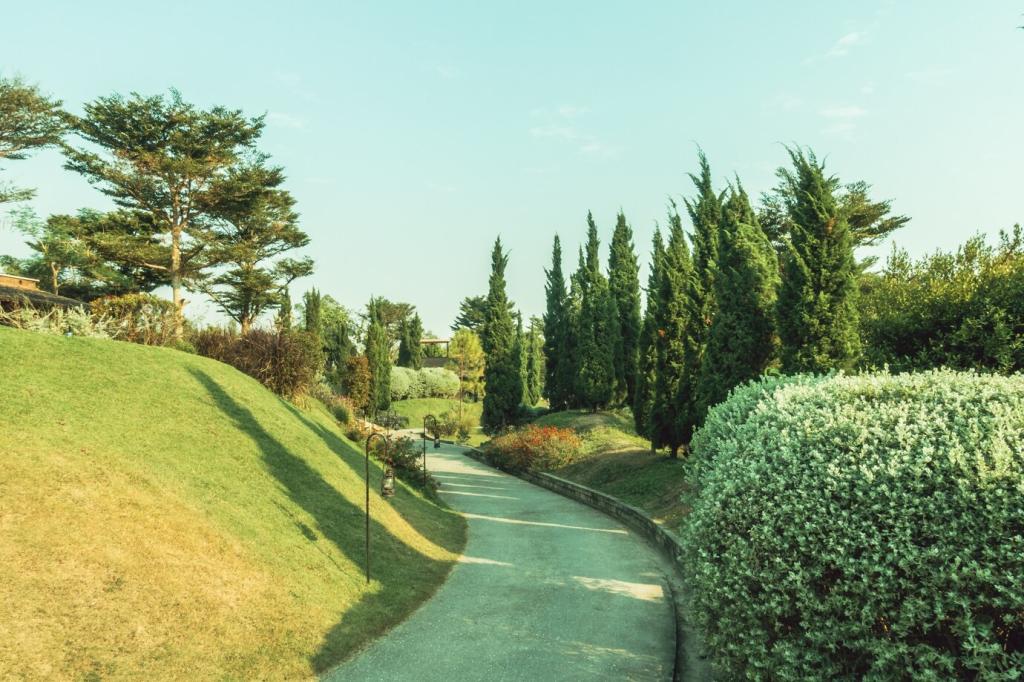

Planting Strategies for Less Water
Group plants by similar water needs and seasonal timing. Separate native sages from fruit trees, and adjust emitter rates per zone, so every drop serves its purpose without wasteful overspray.
Planting Strategies for Less Water
Choose native grasses, salvias, and manzanitas, or Mediterranean herbs that thrive on lean watering. Deep roots anchor soil, invite pollinators, and stay resilient during heatwaves, keeping the garden lively with fewer irrigations.
Smart Irrigation Technologies
Drip and Subsurface Systems
Replace misty spray heads with drip lines or subsurface emitters that deliver moisture directly to roots. Expect significant savings, fewer weeds, less evaporation, and healthier foliage that dries quickly after watering.
Controllers that Think
Weather-based smart controllers adjust schedules using real-time data: temperature, rainfall, and evapotranspiration. Paired with soil moisture sensors, they prevent overwatering, protect plants, and often reduce consumption by double-digit percentages.
Leak Detection and Audits
A slow, hidden leak can undo months of good habits. Perform seasonal audits, watch the meter overnight, and check valves, filters, and lateral lines to catch losses before they grow costly.
Rainwater Harvesting and Reuse
Capture roof water in food-grade barrels or buried cisterns sized to your average storm. Install first-flush diverters, screens, and overflow to rain gardens, turning downpours into steady irrigation reserves through dry spells.
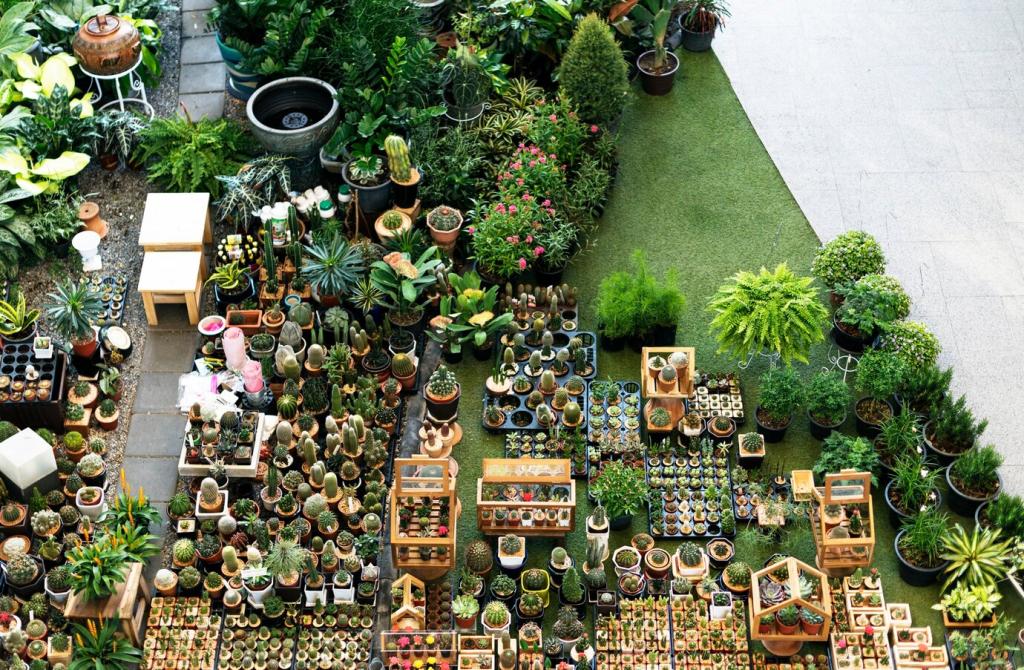
Permeable Paving Choices
Gravel, permeable concrete, and interlocking pavers invite water to infiltrate instead of rushing to drains. Underlayment reservoirs store stormwater for slow release, easing pressure on streets while watering roots below.

Bioswales and Infiltration Trenches
Planted swales lined with stone slow flows, trap sediment, and send clean water underground. Layered soils, check dams, and native sedges create living infrastructure that manages storms gracefully and supports urban biodiversity.
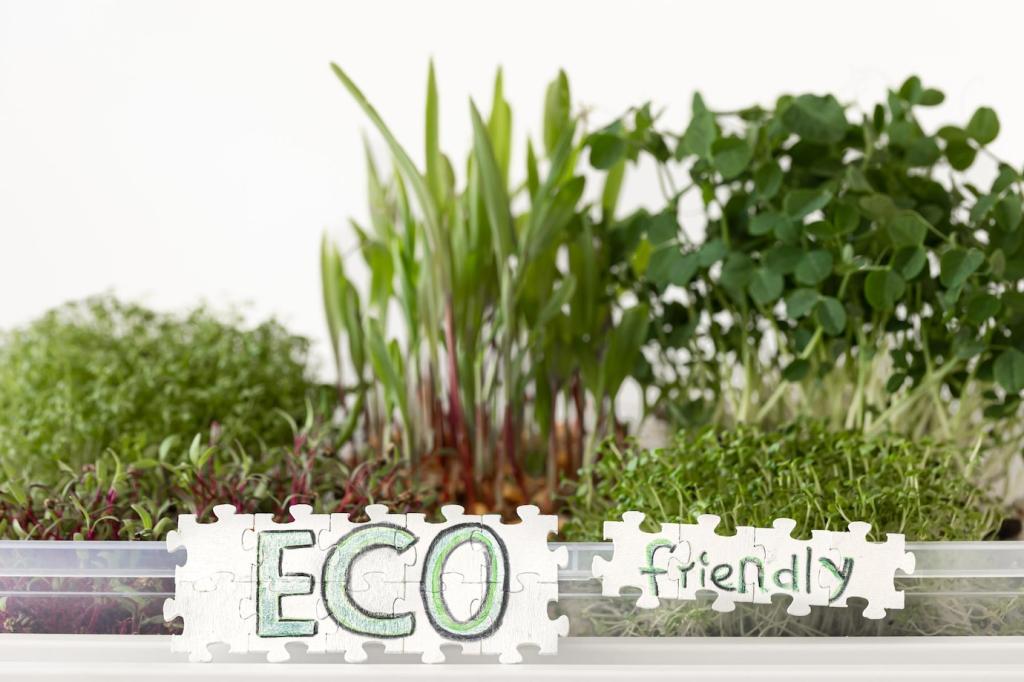
Shading and Evaporation Control
Pergolas, vines, and carefully placed trees cool patios and planting beds, cutting evaporation significantly. Combine shade with deep mulch rings to keep moisture where it matters most, right around thirsty roots.
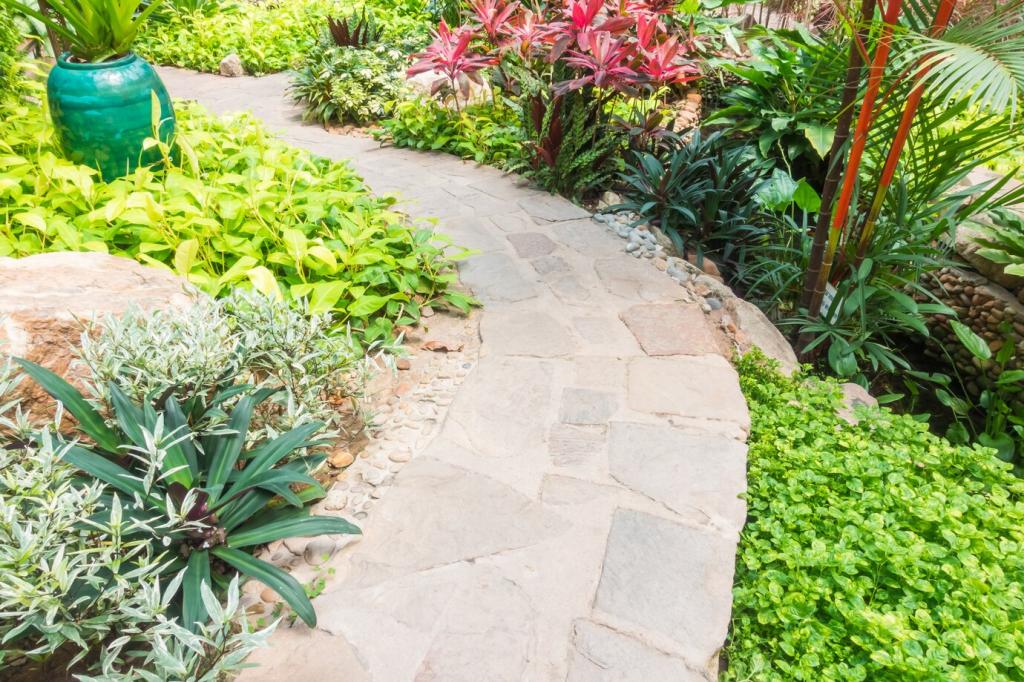
Maintenance that Sustains
Top up mulch annually, pull weeds before they set seed, and water at dawn when wind and heat are lowest. These simple habits stretch every gallon and keep soil life thriving.
